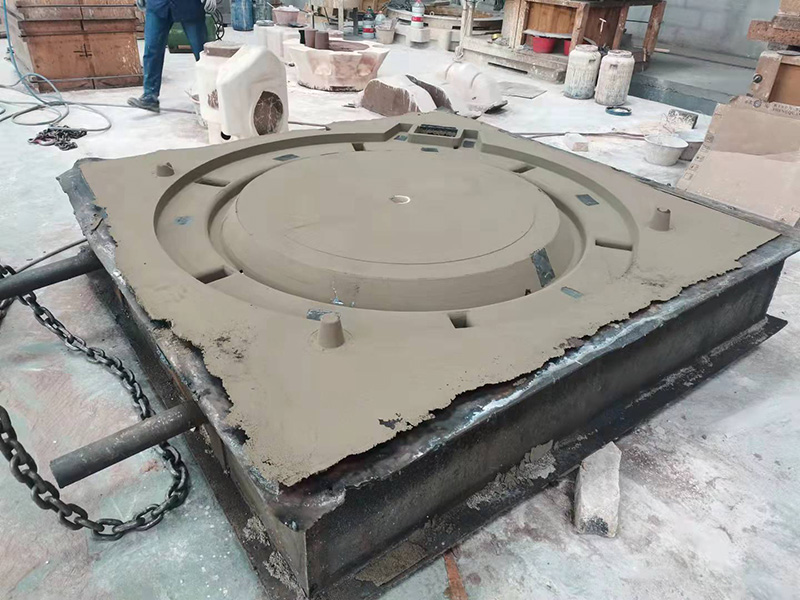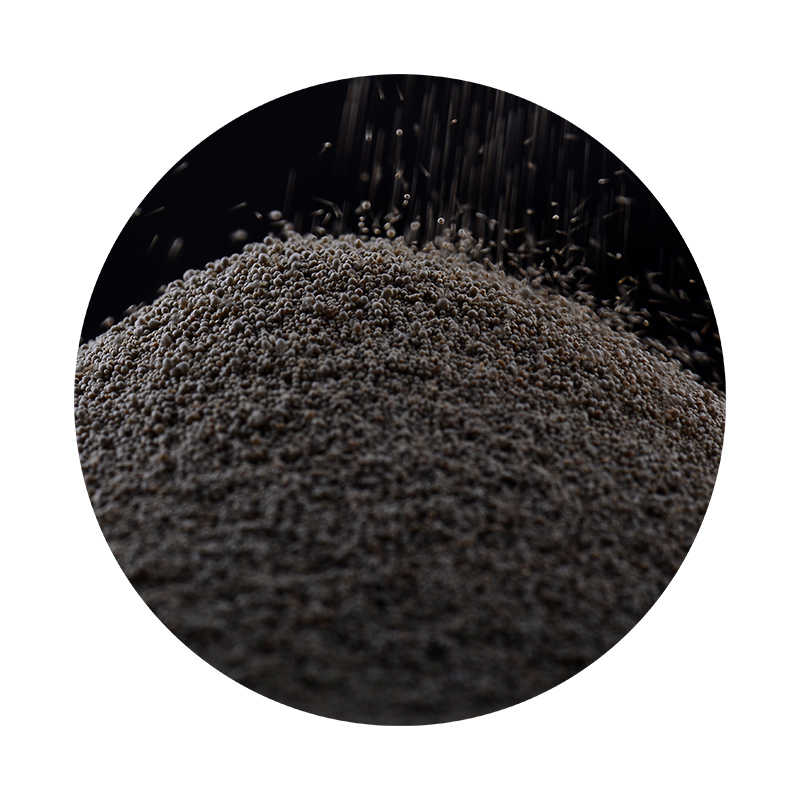

Understanding when to stop sanding is equally important as the process itself. Stop sanding once the cast iron surface feels smooth to the touch and visually appears consistent and free of deep pits or discolorations. An overzealous approach may lead to unintended thinning of the material, sacrificing structural integrity. Health and safety considerations cannot be overlooked during the sanding process. Always wear protective gear, such as goggles, masks, and gloves, to shield against dust and metal particles. Ensure the sanding area is well-ventilated and equipped with a dust extraction system or regular vacuuming to minimize airborne particles exposure. Post-sanding, thorough cleaning is mandatory to remove all dust and debris. This step prepares the cast iron for any subsequent treatments, such as seasoning in the case of cookware, or painting or sealing for architectural or industrial components. For cookware, the seasoned oil application is critical in protecting the iron from moisture and food acids while ensuring a non-stick surface. Investing time and effort in sanding cast iron not only restores aesthetic appeal but extends the lifespan of your cast iron products. As experts would affirm, consistent maintenance and attention to these foundational practices empower even novices to perform effectively. Therein lies the value of mastering cast iron sanding — a skill that ensures your cast iron items remain in top condition for years to come, combining both beauty and functionality. In conclusion, cast iron sanding is a meticulous task that demands both knowledge and patience. By adhering to the processes outlined above, one can accomplish proficient restoration with confidence. Whether for cookware, industrial equipment, or decorative elements, the art of cast iron sanding enhances both the lifespan and performance of the material, proving indispensable in the maintenance arsenal of every proud cast iron owner. Post time:мар . 05, 2025 01:06
Next:cast iron sand casting
